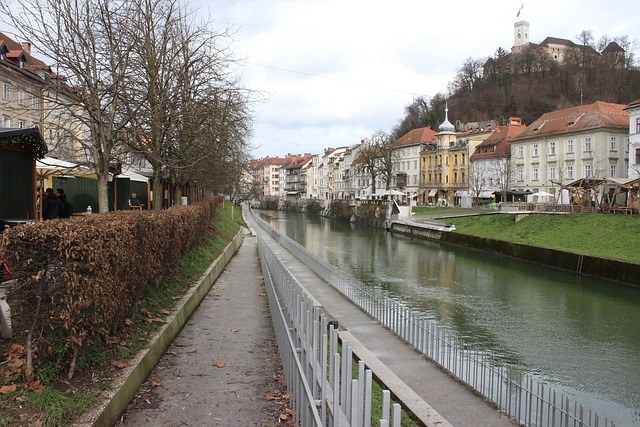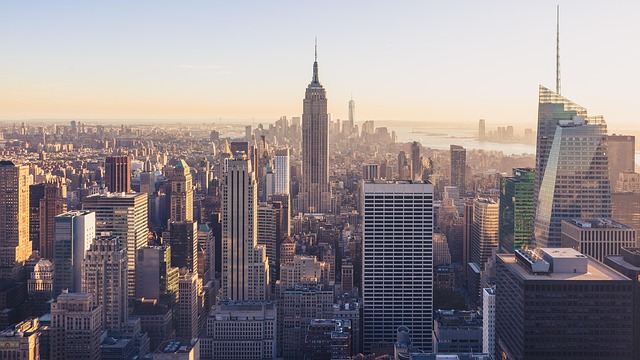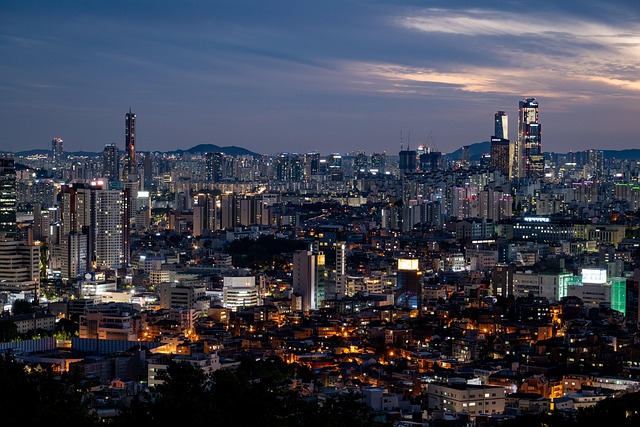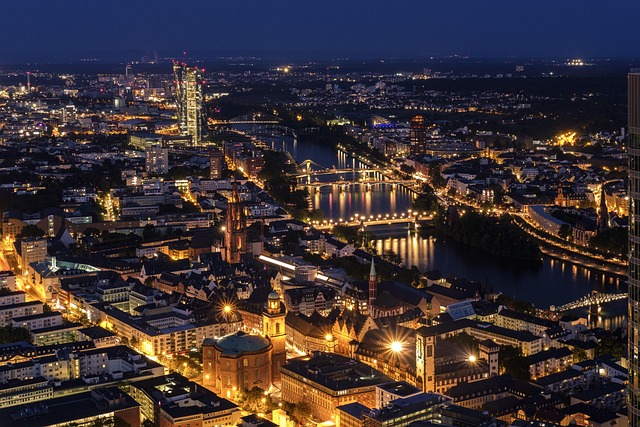Shaheed Millat Road, a vital artery in Karachi, is a bustling transportation vein connecting diverse neighborhoods and facilitating the city's iconic hustle and bustle. It has transformed from a quiet residential area into a high-capacity corridor, symbolizing Karachi's growth and adaptability. Despite heavy traffic supporting local economies, especially retail and logistics, challenges like congestion and air pollution require sustainable solutions focusing on smart traffic management, dedicated bike lanes, and pedestrian walkways to balance economic growth with social and environmental well-being. The road has significant potential for future development, aiming to enhance mobility, connectivity, and green initiatives in Karachi.
“Karachi’s bustling heart beats along Shaheed Millat Road, a vital arterial that has evolved from a local lane into an iconic transportation backbone. This comprehensive piece explores the dynamic traffic of Shaheed Millat Road, its historical transformation, and profound impacts on the city’s economic, social, and environmental fabric. From current challenges to future prospects, we delve into potential upgrades that could revolutionize mobility in Karachi.”
- Understanding Shaheed Millat Road: A Vital Karachi Arterial
- Historical Background: How a Local Road Became an Iconic Transportation Vein
- The Traffic Dynamics: Challenges and Current Solutions
- Impacts on the Community: Economic, Social, and Environmental Considerations
- Future Prospects: Potential Upgrades and Improvements for Enhanced Mobility
Understanding Shaheed Millat Road: A Vital Karachi Arterial

Shaheed Millat Road, a bustling arterial in Karachi, is more than just a route; it’s a lifeline of the metropolis. This vibrant street cuts through the heart of the city, connecting diverse neighborhoods and facilitating the hustle and bustle that defines Karachi’s spirit. It’s a testament to the city’s resilience and dynamism, handling immense traffic volumes daily.
Understanding Shaheed Millat Road requires appreciating its role in Karachi’s infrastructure. As one of the primary thoroughfares, it not only supports local commerce and transportation but also acts as a crucial link between major landmarks and residential areas. Its strategic positioning makes it a key player in managing the city’s traffic flow, especially during peak hours when the streets come alive with folks going about their daily routines.
Historical Background: How a Local Road Became an Iconic Transportation Vein

Shaheed Millat Road, a bustling artery in Karachi, has evolved from a mere local thoroughfare into an iconic transportation vein, weaving through the heart of the metropolis. Historically, this road was not just about movement; it reflected the city’s growth and changing landscapes. Originally a quiet residential area, Karachi’s urban expansion in the late 20th century led to increased traffic demands. Local leaders and residents recognized the need for better connectivity, which resulted in the transformation of this once-calm road into a vibrant, high-capacity transportation corridor.
Over time, Shaheed Millat Road became a symbol of Karachi’s resilience and adaptability, accommodating not just vehicles but also the diverse communities that call the city home. This metamorphosis from a local road to an integral part of the urban infrastructure showcases how dynamic cities like Karachi continually reinvent themselves to meet their citizens’ needs, ensuring seamless connectivity and fostering economic growth.
The Traffic Dynamics: Challenges and Current Solutions

The traffic situation on Shaheed Millat Road in Karachi presents a complex challenge, often characterized by dense congestion during peak hours. This bustling road, a vital artery connecting different parts of the city, has witnessed an unprecedented rise in vehicle density due to Karachi’s rapid urbanization and increasing population. The primary challenges include heavy volume of goods and passenger traffic, inadequate parking spaces, and limited public transport infrastructure.
Current solutions have been implemented to mitigate these issues, such as the introduction of dedicated bus lanes, smart traffic signals, and the promotion of ride-sharing services. Additionally, the local government has initiated projects to enhance road capacity and improve signal timing to streamline traffic flow. These efforts aim to create a more balanced transportation system in Karachi, prioritizing both efficient mobility and the overall well-being of its residents.
Impacts on the Community: Economic, Social, and Environmental Considerations

The bustling Shaheed Millat Road in Karachi, a vital transportation artery, significantly impacts the city’s economic landscape. It serves as a major commercial hub, connecting businesses and markets, facilitating trade, and contributing to the overall growth of the metropolitan area. The road’s heavy traffic flows support local economies, especially those dependent on retail and logistics. However, this constant movement also presents challenges; congestion can disrupt business operations and increase delivery times, affecting both local enterprises and the city’s overall efficiency.
Socially, Shaheed Millat Road is a vibrant testament to Karachi’s diverse community. It hosts various cultural events, attracting folks from all walks of life. The road’s environmental considerations are equally important. High traffic volumes contribute to air pollution, a pressing issue in the densely populated city. Additionally, the constant movement of vehicles puts pressure on the local infrastructure, highlighting the need for sustainable transportation solutions that balance economic growth with social and environmental well-being.
Future Prospects: Potential Upgrades and Improvements for Enhanced Mobility

The future prospects of Shaheed Millat Road in Karachi hold immense potential for enhancing mobility and connectivity within the city. With increasing urbanization and population growth, it is crucial to consider upgrades and improvements that can cater to the rising demand for efficient transportation. One promising direction is the implementation of smart traffic management systems, leveraging technology to optimize signal timings, reduce congestion, and facilitate smoother flow of vehicles. This digital transformation can make the road more responsive to real-time traffic conditions, ensuring a faster and safer commute for all users.
Additionally, integrating sustainable transportation options like dedicated bike lanes and pedestrian walkways can attract eco-conscious citizens. Such additions not only promote healthier lifestyles but also reduce carbon emissions, aligning with Karachi’s commitment to environmental sustainability. By embracing these innovations, Shaheed Millat Road can evolve into a model corridor that balances mobility needs with the well-being of its residents and the environment.
Shaheed Millat Road, a pivotal transportation artery in Karachi, has evolved from a local road to an iconic symbol of the city’s mobility. This article has explored its historical background, traffic dynamics, and significant impacts on the community. By understanding the current challenges and evaluating future prospects, including potential upgrades and improvements, we can work towards enhancing mobility in this bustling metropolis. As Karachi continues to grow, optimizing Shaheed Millat Road and similar arteries will be crucial for maintaining the city’s vibrancy and ensuring sustainable development.
